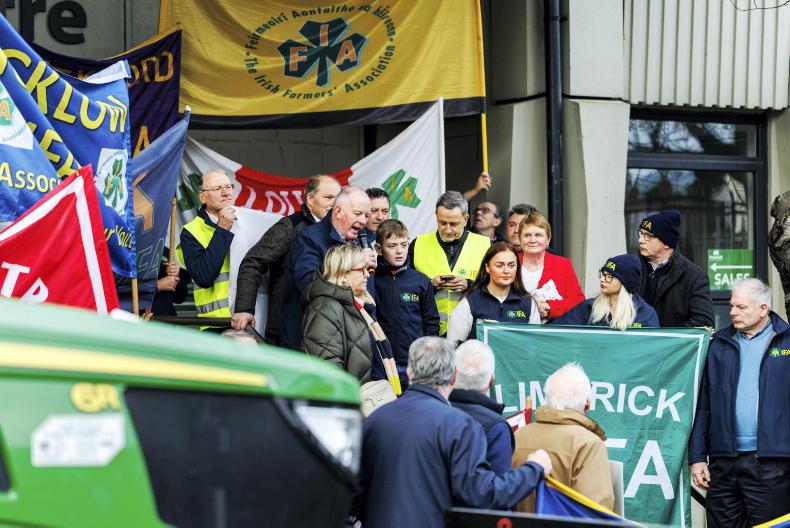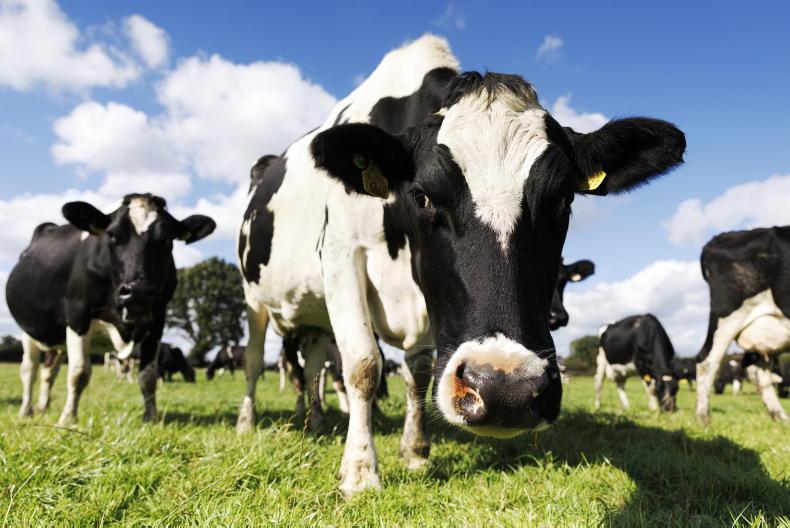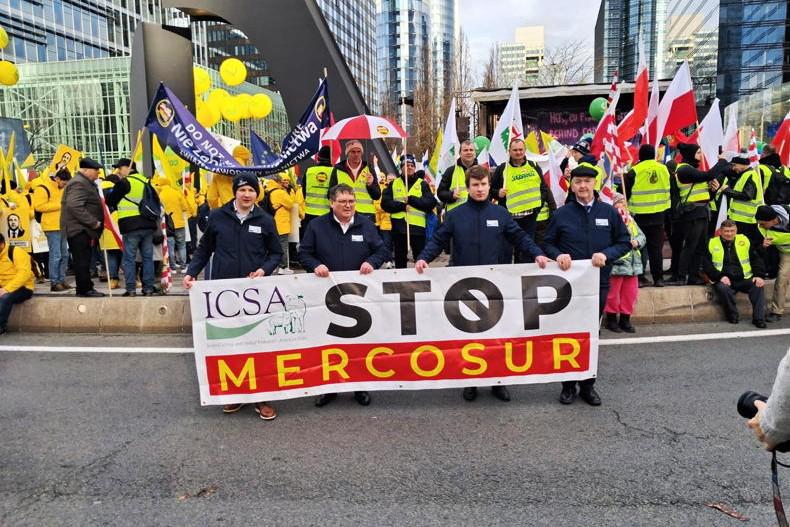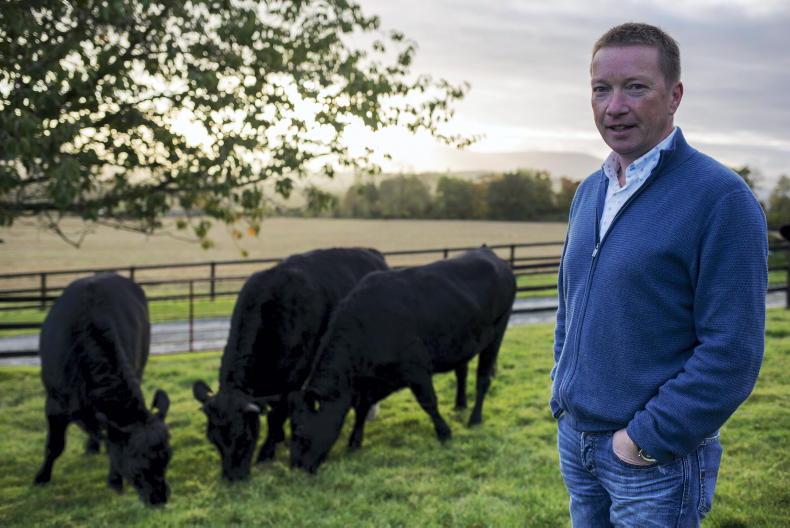In 1894 Horace Curzon Plunkett established the Irish Agricultural Organisation Society (IAOS). During his time in the US, the Meathman saw the potential for a well-organised co-operative movement to improve the competitiveness of Irish farming by developing a more business-like approach to farming.
The role of IAOS, now known as the Irish Co-operative Organisation Society (ICOS), was to facilitate the formation and operation of working co-operative societies. By 1914, the number of co-ops in Ireland swelled to over 800.
Fast-forward over 100 years and there continues to be thousands of Irish farmers benefiting from Plunkett’s leadership, vision and bravery. As we know, many of these small co-ops merged and grew into multibillion euro companies like Glanbia, Kerry, Ornua, Lakeland and Dairygold, along with others. But while the landscape may have changed, it was the co-operative movement of 1894 that laid the foundation for the world-class and globally competitive dairy industry from which dairy farmers are benefiting today.
There are few examples of any other industry or processing model where a 50% increase in production volumes over a period of just five years could be facilitated while at the same time ensuring a viable price was returned to the primary producer.
While a slow fraying of the co-op ethos is not an immediate issue for existing dairy farmers, it will have consequences for the next generation
But the successes of today should not distract from the challenges of the past nor disguise the threats of the future. While Plunkett was responsible for lighting the touch paper that created the co-op movement, a succession of farmer leaders continued to build on his legacy. Their ongoing leadership, vision and bravery in protecting the co-op ethos played a central role in ensuring dairy farmers today continue to benefit from the retained ownership and significant expansion of their processing facilities and routes to market.
While expansion at farm level has left dairy farmers busy managing their own enterprise, the need for farmer leaders to continually protect the co-op ethos has not gone away.
Worryingly, there are a number of examples in recent years that would suggest this ethos may be starting to fray at the edges.
Race to the bottom
The willingness of co-ops to compete with each other in a race to the bottom on liquid milk has destructed rather than created value for farmers. The competition on global markets by Ornua members for dairy commodities also reduces key selling points and value differentiators.
Meanwhile, the establishment of Dairy Industry Ireland (DII) to represent co-op management has undoubtedly shifted the representation dynamic within the industry at the expense of ICOS. The most visible sign of this was earlier this year. A DII-led initiative to introduce a second base on which milk price is reported was accepted by farmers sitting around co-op board tables – despite the IFA branding it is an attempt by management to poach the gains farmers have made in improving milk solids. A call by the IFA for board members of co-ops to stand up and be counted fell on deaf ears.
Similarly, we saw farmer concerns largely ignored a few months prior when the processing costs within the Ornua Purchase Price Index (PPI) were increased from 6.5c/l to 7c/l in the complete absence of any independent review.
Furthermore, we see farmer co-op boards voting for less milk price transparency and comparability by removing themselves from the KPMG/Irish Farmers Journal annual milk price review.
In isolation, these examples might seem trivial and inconsequential. However, all three represent key measures for accurate comparability for co-op members to measure performance or highlight areas of improvement for active members.
Next generation
While a slow fraying of the co-op ethos is not an immediate issue for existing dairy farmers, it will have huge consequences for the next generation.
We only have to look to the dairy sector in Britain to see the consequences for farmers of a co-operative model slowly being eroded and being replaced by private industry that has its own private financial interests at heart.
Protecting the co-op model for future generations will depend on today’s farmers showing the same leadership, vision and bravery that has been necessary over past decades to tackle the challenges that lie ahead and protect the co-op ethos.
Ultimately, the future prosperity of our next generation of dairy farmers will depend on whether farmers today want to build on the shoulders of the giants that went before them rather than hanging on to their coat-tails.










SHARING OPTIONS